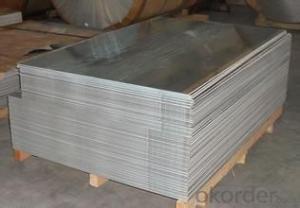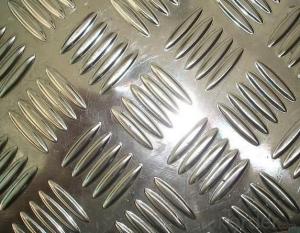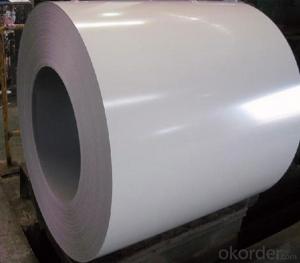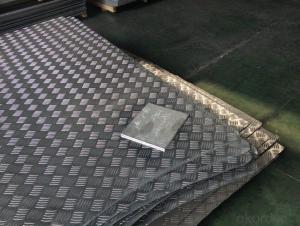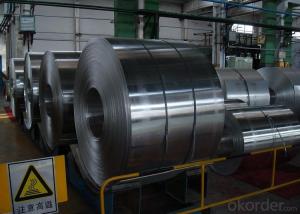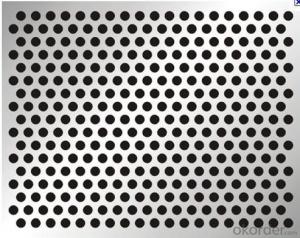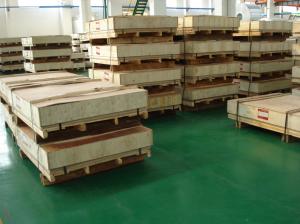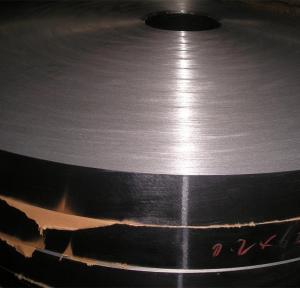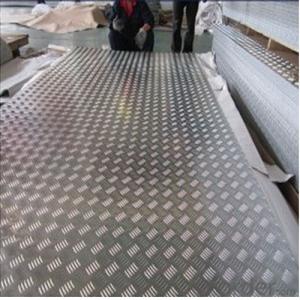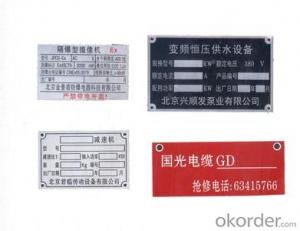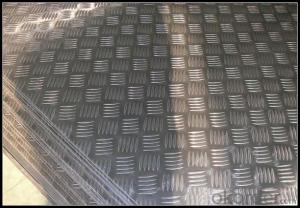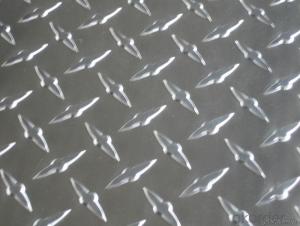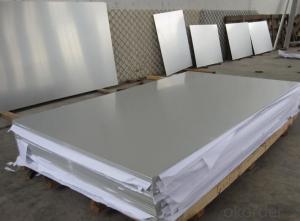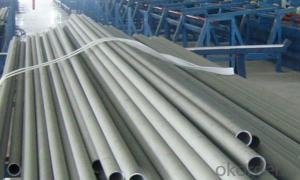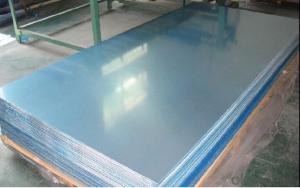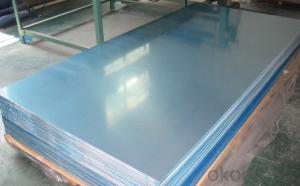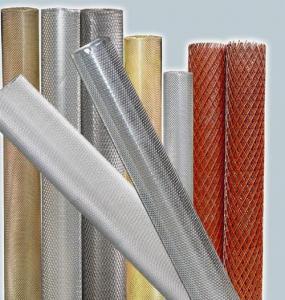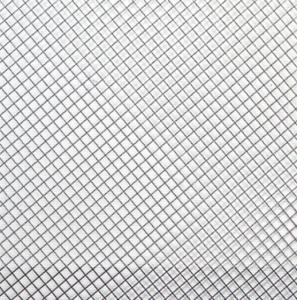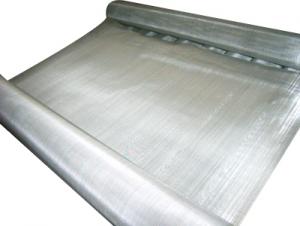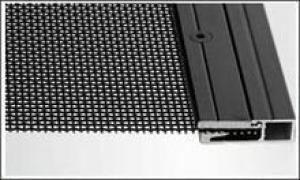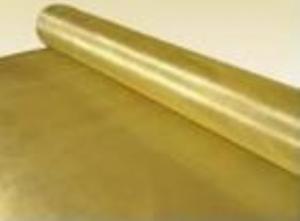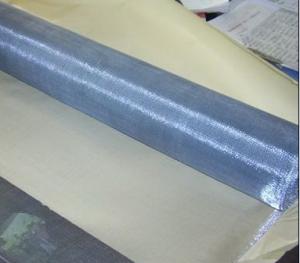Aluminum Diamond Plate Dallas Tx
Aluminum Diamond Plate Dallas Tx Related Searches
Aluminum Diamond Plate Houston Aluminum Diamond Plate Tucson Az Aluminum Diamond Deck Plate Aluminum Diamond Plate Denver Aluminum Diamond Plate Seattle Aluminum Diamond Plate Panels Buy Aluminum Diamond Plate Aluminum Black Diamond Plate Aluminum Diamond Plate Strips Polished Aluminum Diamond Plate Black Diamond Plate Aluminum Diamond Plate Aluminum Polish Aluminum Diamond Plate Nyc Aluminum Diamond Plate Nj Aluminum Diamond Plate Polish Diamond Plate Aluminum Lowe's Thin Aluminum Diamond Plate Black Aluminum Diamond Plate Aluminum Diamond Plate For Sale Aluminum Diamond Plate Roll Aluminum Diamond Plate Prices Thin Diamond Plate Aluminum Aluminum Sheet Diamond Plate Diamond Plate Sheet Aluminum Anodized Aluminum Diamond Plate Aluminum Dimond Plate Polish Aluminum Diamond Plate Diamond Plate Box Aluminum Aluminum Diamond Plate Boxes Aluminum Diamond Plate CostAluminum Diamond Plate Dallas Tx Supplier & Manufacturer from China
Aluminum Diamond Plate Dallas Tx is a type of metal flooring product known for its slip-resistant surface and durability. This product is made from aluminum, which provides a lightweight yet strong material for various applications. It is characterized by its diamond-shaped pattern, which offers excellent traction and is commonly used in areas where safety and slip resistance are of utmost importance.Aluminum Diamond Plate Dallas Tx is widely used in various industries, including construction, manufacturing, and transportation. It is often found in areas such as loading docks, ramps, walkways, and platforms where the risk of slips and falls is high. The product's non-slip surface ensures safety for workers and pedestrians, while its aluminum composition offers resistance to corrosion and wear, making it suitable for both indoor and outdoor use. Additionally, its lightweight nature makes it easy to install and transport, further enhancing its practicality in various settings.
Okorder.com is a leading wholesale supplier of Aluminum Diamond Plate Dallas Tx, boasting a large inventory to cater to the diverse needs of customers. The company prides itself on offering high-quality products at competitive prices, ensuring that clients receive the best value for their investment. With a commitment to customer satisfaction, Okorder.com provides efficient and reliable service, making it a trusted source for those seeking Aluminum Diamond Plate Dallas Tx for their projects and operations.
Hot Products


